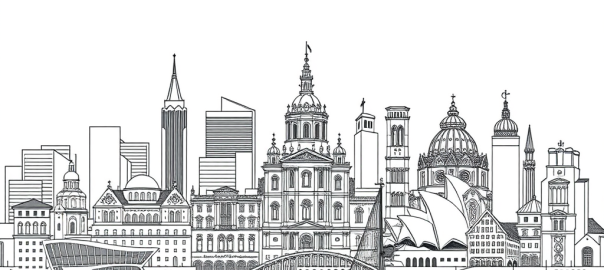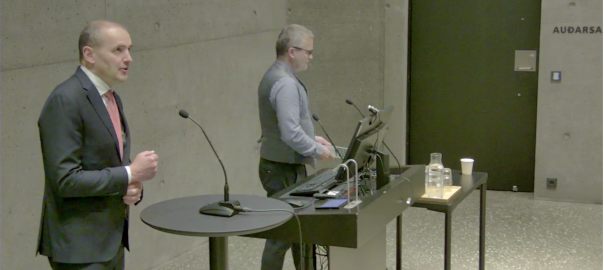Following on rather nicely from my last blog, the below abstract was accepted yesterday so hopefully will be in Beijing at Tsinghua University 7-10 August (then invited to NUS, Singapore 12-14 August).
Initial abstract for the 4th International Symposium on Cultural Heritage Conservation and Digitization (CHCD 2016), entitled “Re-vive: Heritage Coming Back to Life”.
TITLE: Increasing the Life and Usage of Virtual Heritage Models
KEY WORDS: Virtual heritage, infrastructure, models, mechanics, interaction, preservation, evaluation, simulations, digital scholarly ecosystem.
ABSTRACT:
For many years academics have argued that a major issue in the development of high quality and effective virtual heritage projects has been a corresponding lack of evaluation methods (Economou and Pujol, 2008, Champion, 2006, Tost and Economou, 2009, Karoulis et al., 2006, Tan and Rahaman, 2009). Despite two decades of research and advancing technological sophistication, and the widespread proliferation of virtual heritage conferences, the same problems are still evident.
While the issue of meaningful evaluation is no doubt a serious problem, this paper proposes that a more fundamental issue has been with the design and circulation of the digital models themselves. The problem is at least sixfold. Firstly, digital heritage models are typically frozen products, they do not easily scale, they aren’t typically component-based, they are difficult to add to and otherwise edit. There is a problem of standards (of authenticity, software and hardware standards, operating guidelines, and adherence to charters that dictate best practice in virtual heritage). Digital heritage model formats are not standardised nor created specifically for preservation (let alone separate their archival function from presentation purposes). Digital heritage models are typically models rather than simulations, they are not predicative tools, they don’t create, convey or question hypothetical. The interaction design patterns (and mechanics) are not standardised, and not preserved, let alone separated from the 2D and 3D media assets. Finally, these projects typically do not link to digital scholarly resources (publications, image databases, online maps and so forth).
I propose that virtual heritage community needs to debate and adopt a scholarly ecology, an overall system and community that provide feedback, management and impact for virtual heritage research. This requires political coordination and social organisation beyond the scope of this paper but I will also review some more technical proposals that may help address the above problems.
For theme C: Cultural heritage exhibition and interpretation of digital technology: virtual reality, augmented reality, digital museum
References
CHAMPION, E. M. 2006. Evaluating Cultural Learning in Virtual Environments. PhD, University of Melbourne.
ECONOMOU, M. & PUJOL, L. 2008. Educational tool or expensive toy? Evaluating VR evaluation and its relevance for virtual heritage. New Heritage: New Media and Cultural Heritage, London, Routledge, 242-260.
KAROULIS, A., SYLAIOU, S. & WHITE, M. 2006. Usability evaluation of a virtual museum interface. Informatica, 17, 363-380.
TAN, B.-K. & RAHAMAN, H. 2009. Virtual heritage: Reality and criticism. Tidafi, T. et Dorta, T., éditeurs: Joining Languages, Cultures and Visions: CAAD Futures, 130.
TOST, L. P. & ECONOMOU, M. 2009. Worth a thousand words? The usefulness of immersive virtual reality for learning in cultural heritage settings. International Journal of Architectural Computing, 7, 157-176.



